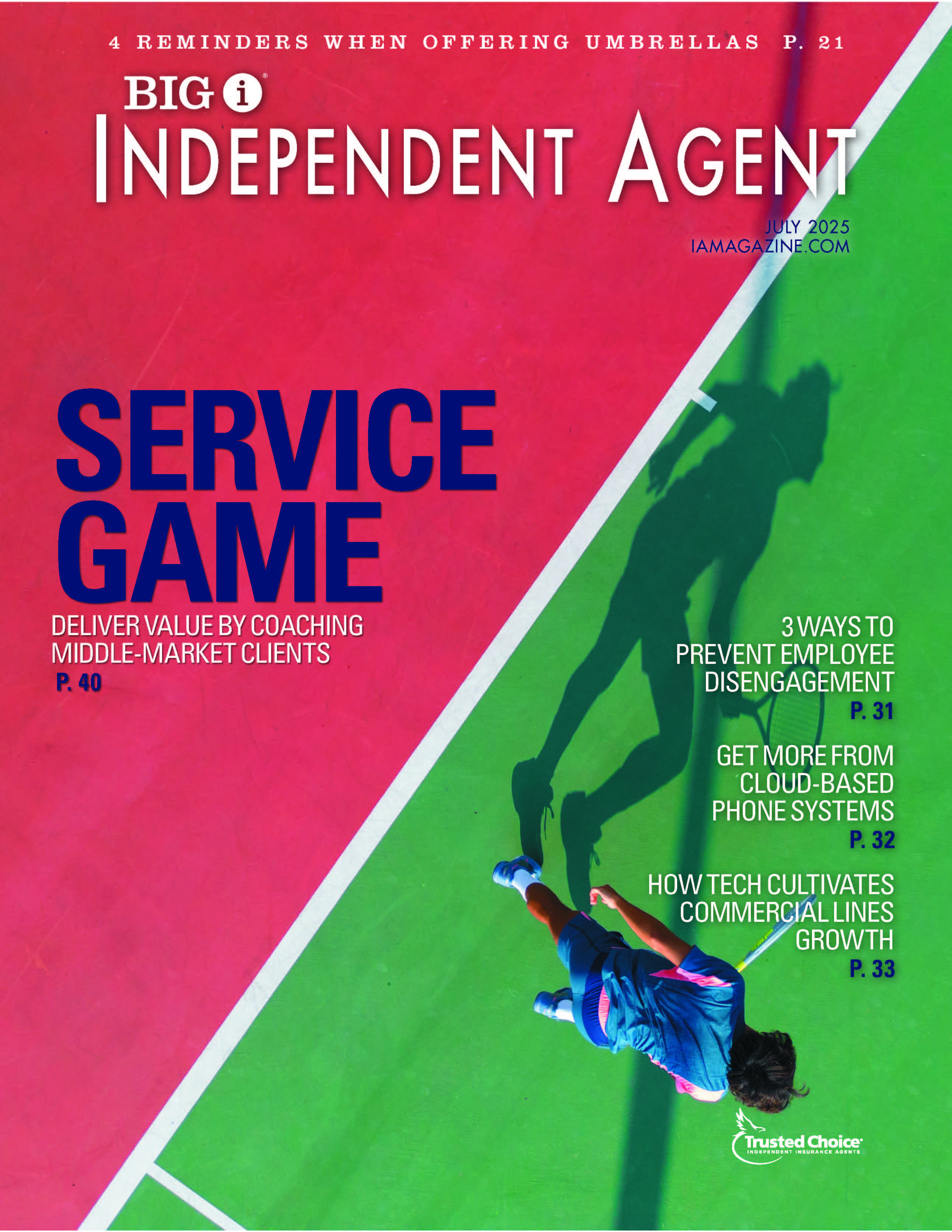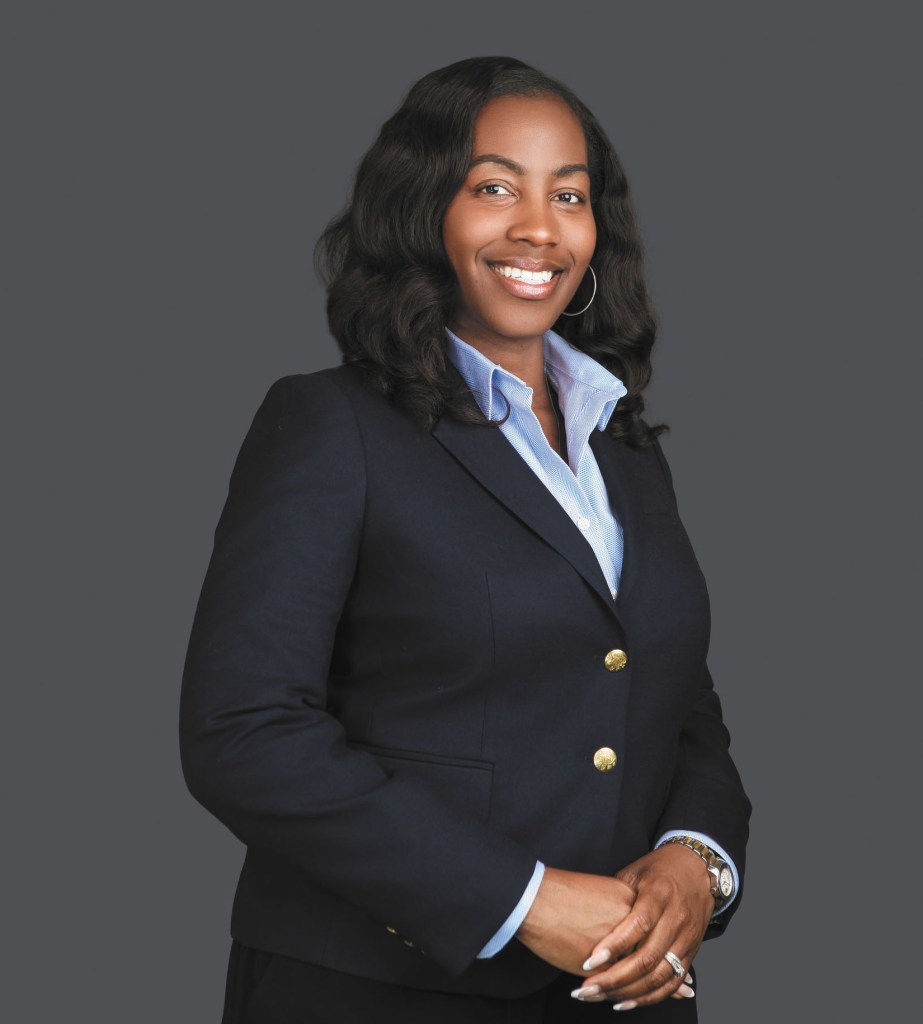The Roaring Twenties: How Agencies Are Boosting Sales in 2020

By: Will Jones
Harold L. Lee & Sons Inc.’s story began toward the end of the 19th century. The agency was founded in 1888 in New York City’s Chinatown as a foreign exchange and established itself as a brokerage serving the emerging needs of the Chinese immigrant community in the U.S.
“The Chinese American population had a need and our agency fulfilled it,” says Sandra K. Lee (pictured below, right), CEO of Harold L. Lee & Sons in New York. “In the Western sense, they didn’t know much about insurance, but needed insurance for when they purchased their homes, autos and cargo when they were shipping goods back and forth from China.”
Lee joined the agency in the 1980s and currently runs the agency with her business partner and cousin, Stephen Boon. After taking over the agency from her father, she has helped the business flourish. “We’ve added a benefits division. We’ve added public entities, municipalities and other different niches, such as financial institutions, nonprofits and tech startups that did not exist when the agency started,” she says. “As the needs of the Chinese community grew and emerged, our products and services reflected that change.”
Serving the needs of the Asian demographic has been essential to the agency’s growth and has led it to become “a center of influence and a resource” for the community and new immigrants when they need insurance advice, Lee says, who estimates that about 60% of the agency’s clientele are Asian, including Chinese-Americans, Vietnamese-Americans, South Asian, Korean and Japanese-Americans.
If a business wants to expand its client demographics, the first place to start is with their staff. “When hiring agents or CSRs, it’s important to keep in mind that there are many talented folks who come from diverse communities,” Lee says. “Your team of employees and inclusion can be a very valuable asset to bring in new customers because of their capabilities and connections in their communities.”
Language, as well as social media skills, are vital, Lee explains, whose agency boasts a long list of languages spoken, including Mandarin, Cantonese, Shanghainese, Taiwanese, Toisanese, Fukienese, Filipino, Korean and Spanish. “It helps the client develop a comfort level that really enhances the sales interaction, as well as serving to educate the insured,” she says. “Having an online presence gives us a link to our customers regardless of where they are from. We are licensed in over 40 states.”
As former chair of the Big “I” Diversity Taskforce, Lee is an advocate of the power of reaching out to a diverse range of clients and hiring staff with different backgrounds to increase sales and boost agency revenue. “As clients have been with us for generations, we see many becoming senior-level executives, professionals and CEOs entrenched in corporate America and leading small businesses—and they’ve stayed and grown with us,” Lee says. “Building community loyalty and retention is a dynamic sentiment.”
This month, the Big “I” is hosting the inaugural Level Up Agent Summit, to take place Jan. 14-15 in New Orleans. The event will focus on how agencies can achieve agency growth, increased innovation and sustainability through diversity and inclusion.
“It’s a new time and people should take the opportunity to make changes within their agency,” Lee says. “Agents and brokers must recognize the need to expand their agency workforce to meet the growing needs of the new customer in the U.S., which doesn’t look like the same customer that was here in the ‘40s and ‘50s.”
Reorganize
One-third of independent agents want to spend more time writing new business in 2020, according to Safeco’s 2018 report, What It Takes to Be an Agent for the Future. Ryan Pessell, managing partner of Hitchings Insurance Agency in Findlay, Ohio, is one of those agents.
Pessell took the helm of his agency in 2016 and, after taking his first year of ownership to wrap his head around managing an agency, he was ready to make growth a priority. “I’m 34 years old. My plan is not to just ride it out and see what happens,” he says.
As a relative newcomer to agency ownership, Pessell, a former commercial lines producer quickly realized that if he was going to increase sales, he needed to be “spending more time working on my business, not in my business,” he says, which led him to make changes to how the agency was organized, create specialist roles and develop new intake and renewal processes.
“When I first took over, everybody was a jack of all trades. Producers were producing but were also doing service work. It was just kind of a mess,” Pessell says. “What we’ve done now is siloed how our people work. We’ve created more of a specialist role for everybody.”
That process involved creating a renewal specialist role and a four-person service department. “It seems really basic,” Pessell acknowledges, “but it’s really helping our agency grow because the customer experience is better.”
The agency also hired a marketing person and appointed multiple producers, who are acting as the perfect complement to one another. While hiring new producers meant Pessell had to “take the financial hit” to begin with, the decision is already paying off because “the investment wasn’t what we thought it was and they really just hit the ground running,” he says. “And then, the leads we’re generating because of our marketing manager is keeping up our output.”
Expand Your Reach
Community involvement is “absolutely” a tactic to increase your agency’s sales, says Tracy Cotton, farm and small business account executive, Morrow Insurance Agency, Inc.—McDowell Division, in Marion, North Carolina, “but the only downfall is when it’s your only tactic.”
Community involvement, such as sponsorship and volunteering, is “a good PR tactic” and “a good way to engage employees,” Cotton says, but “over the past couple of years we’ve been trying to figure out ways that we can get more well-known not only within our community but further afoot, as well.”
A strong online presence is an agency’s best friend when it comes to reaching consumers beyond your doorstep. But if your agency can cater to a niche market and create quality online content on the subject, it’s even more effective and can reach even further afield.
“If you can provide really helpful information on your website or social media accounts, customers aren’t going to care if you’re 150 miles away,” Cotton says. “If they think you know your stuff and they’re not really seeing it close by, people are willing to go further for an expert, especially on niche markets.”
While most agents understand and appreciate the effectiveness of a website, Facebook, Twitter and Instagram to market their agency and generate more leads, it is becoming more common for agents to use video marketing to articulate their value, brand and personality.
“YouTube is really powerful,” says Kelly Lennon, client relations manager, Risk Placement Services, New York, who uses her YouTube channel to provide value to consumers with information on topics ranging from insurance acronyms, disaster preparedness and Risk Placement Services’ products and services.
“A lot of agents are going to be shy to utilize video because it’s still emerging in insurance. But for those who are brave enough to be early adopters, there’s a lot of value in it,” Lennon says. “My recommendation is to start with one video, build up to three and just take baby steps to start engaging.”
Additionally, for commercial lines producers and agencies, LinkedIn also provides an opportunity to make contacts with leads that could boost your agency’s sales in 2020. “LinkedIn is where business is conducted,” Lennon says. “Nearly every Fortune 500 company is on LinkedIn. They’re decision-makers, they’re executives and they’re in upper-management positions.”
Partner
“Folks are being a lot more authentic on video platforms,” agrees Joe Hollier, insurance specialist at Alliance Insurance Agency Services, Inc., in Metairie, Louisiana. “If you can tell your story not just as an independent agent in the industry but who you are as a person, people really relate to that.” In 2020, “I think you’re going to see a big push to get people out there to tell their story,” he adds.
However, in his experience, Hollier considers building a loyal referral network as the best way to improve sales and, perhaps, more importantly, attract the type of client who fits the agency’s culture. In nearly 12 years as an agent, “a tactic for me was to find the centers of influence, whether it be mortgage companies, car dealerships or realtors,” he says. “If you want to find the customer that you’re most interested in attracting, you should go out and network with people that are involved with different facets of your clients’ lives.”
Building a network of referral partners takes time, but once a relationship has been established people tend to stick with their agent. “People don’t want to keep looking for someone, they want to stay with someone that they can count on who they know can take care of their clients,” Hollier says. “Expectations are high, but when you appreciate and understand that, you know how to deliver.”
“There’s so much marketing out there that it comes to a point where prospects get so inundated by blanket marketing and commoditizing insurance policies that the value the independent agent delivers gets washed away,” Hollier continues. “When you create the right referral pipelines with people who trust you, they don’t have to sell your services because they automatically believe in your value.”
From there, the referral relationship is very much akin to that of a client. “You have touchpoints throughout the year and take the opportunity to say, ‘I’m here if there’s anything you need,’” Hollier says. “You have to have a giving mentality. Once people see that, it comes back exponentially.”
“It’s not something that happens quickly but what winds up happening is that you start to create a circle of trust within a certain group of people who then almost feel guilty if they’re not sending you referrals because you led with helping them from day one,” he adds. “For me, that is the most successful way to grow your business with the type of clients you’re looking for.”
Working with others—whether it’s another agency, national and regional carriers, clients or referral partners—is another way agents and brokers can increase sales in 2020. This is especially true for smaller businesses that are “challenged toward how they can grow,” Lee says. “Sometimes, people are rigid [about working with others] but you have to be open-minded.”
“We work with others to get the job done because we don’t think we can do it alone. We’re not shy about asking for help or forming an allegiance to either access markets or give some strength in the claims or loss control area,” she adds. “That way, you’re delivering the best product and risk management services to your clients. It doesn’t matter how small or large you are, those are the values that we should all strive for.”
Will Jones is IA senior editor.










